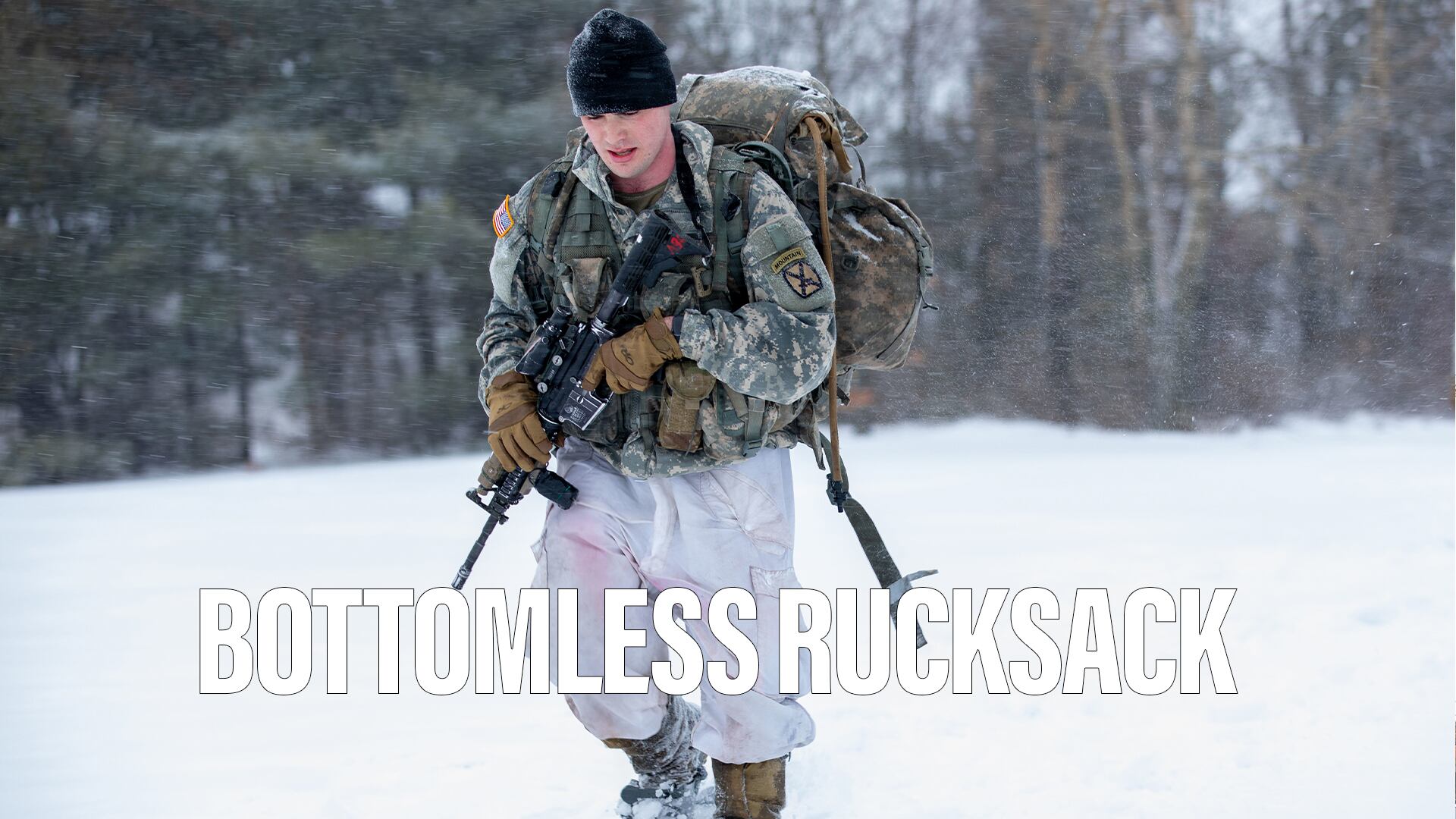A captain and a staff sergeant from the 3rd Infantry Division won a recent innovation competition aimed at generating new ideas to solve problems in garrison and combat.
The competition’s judges named Capt. Christopher Flournoy and Staff Sgt. Michael Holloway the winners out of eight finalists on Nov. 2 with their electromagnetic warfare decoy emitter device and software.
The pair took a widespread problem — protecting soldiers from being detected in the electromagnetic spectrum — and built a solution using an electronic emitter to both mimic the EMS signature of a tactical radio and double as a frequency jammer.
“Some of the challenges of creating it is making it look realistic on the electromagnetic spectrum,” said Holloway, an electronic warfare specialist.
Flournoy, a division innovation officer, said the entire effort was a nine-month process that included identifying the problem, building a prototype of the emitter, working out software to mimic tactical radios in the electromagnetic spectrum and preparing for the competition.
The captain, who’s participated in multiple Dragon’s Lair events — the service’s recurring innovation competition — encouraged soldiers to submit ideas and to seek help with their submission from the division innovation teams.
“Pursue what you believe is going to help solve your problem,” Flournoy said. “And find people who want to help you.”
The device is currently being used at the Joint Readiness Training Center, Fort Johnson, Louisiana and is slated for use by the 3rd Battalion, 15th Infantry Regiment, 2nd Brigade at the Joint Multinational Readiness Center, Hohenfels, Germany in December, officials said.
Though not all the eight finalists could be named winners, judges elected to adopt all eight of the innovations that they submitted for further review and testing.
The Dragon’s Lair 9 finalists:
- (Winner) Electromagnetic Warfare Decoy Emitter: Capt. Christopher Flournoy, 3rd Infantry Division; Staff Sgt. Michael Holloway, 3rd Infantry Division.
- Expeditious Container Solution: Chief Warrant Officer 2 Christopher Cummins, 82nd Airborne Division; Spc. Akan Atkins, 82nd Airborne Division Spc. Dominic Pereida, 82nd Airborne Division.
- Digital Force Protection Training and Kit: Green Beret actively serving in Army Special Operations, U.S. Army Special Operations Command.
- Automatic Translation of Radio Communications: Chief Warrant Officer 4 Aaron Foster, 11th Cyber Battalion; Capt. Samuel Miller, 11th Cyber Battalion.
- A Practical Replacement for the SKEDCO rescue sled: Chief Warrant Officer 2 William Ensinger, 7th Transportation Brigade; Staff Sgt. Jonathon Ensinger, 101st Airborne Division.
- Standardization for Transporting a Patient on a Ship: Chief Hospital Corpsman Patrick McTavish, Afloat Training Group Middle Pacific.
- Reception Company In-Processing Questionnaire App: Capt. Jack Rector, 25th Infantry Division; Sgt. Soomin Song, 25th Infantry Division.
- Cost Effective Non-standard EW/CYBER Capability: Chief Warrant Officer 3 Eric McClure, 3rd Multi-Domain Task Force.
Source: XVIII Airborne Corps
In April, soldiers won that competition with a mold awareness tool, presented by 1st Lt. Chris Aliperti and Pvt. Salem Ezz, both with 3rd ID. The tool could save the Army a lot of time after reports this year found mold in more than 2,000 Army facilities following a service-wide inspection.
The Wi-Fi enabled application allows leaders to visualize and assess in real-time areas on their installations that might have mold problems, Aliperti said.
In 2021, the winner, 1st Lt. Mahdi Al-Husseini, a Black Hawk helicopter pilot, created a device that paired a camera, touch-screen tablet, software and algorithms to analyze a pilot’s performance and provide feedback and flight reviews much like a side seat instructor would. That creation is now under review for a patent and is being used in limited civilian pilot training, Al-Husseini, now a captain, told Army Times on Monday.
The competition was created in 2020 by the XVIII Airborne Corps, the Fort Liberty, North Carolina-based command over the 3rd Infantry, 10th Mountain, 82nd Airborne and 101st Airborne Divisions and a series of other commands and brigades.
The competition, modeled after the popular TV show “Shark Tank,” began with corps units but soon expanded to include other commands and opened submissions to other military services.
The most recent competition, held in Honolulu, Hawaii, paired the XVIII Airborne Corps with the U.S. Indo-Pacific Command. This was the ninth iteration of the competition.
“Partnering with global combatant commands allows for XVIII Airborne Corps to continue our focus to build readiness and retain our status as America’s Contingency Corps,” said Lt. Gen. Chris Donahue, XVIII Airborne Corps and Fort Liberty commander. “We are incredibly proud of each of the eight innovator teams and look forward to continuing to inspire the talent within our formations.”
Troops across the Army and joint services submitted 122 ideas that ranged from expeditious container solutions to reduce the use of wood to brace ammunition shipments in larger 20-foot storage containers to a reception company in-processing questionnaire application that would replace pen and paper information collection currently in use.
The winners receive a four-day pass, their pick of an Army training school and a Meritorious Service Medal.
Todd South has written about crime, courts, government and the military for multiple publications since 2004 and was named a 2014 Pulitzer finalist for a co-written project on witness intimidation. Todd is a Marine veteran of the Iraq War.








